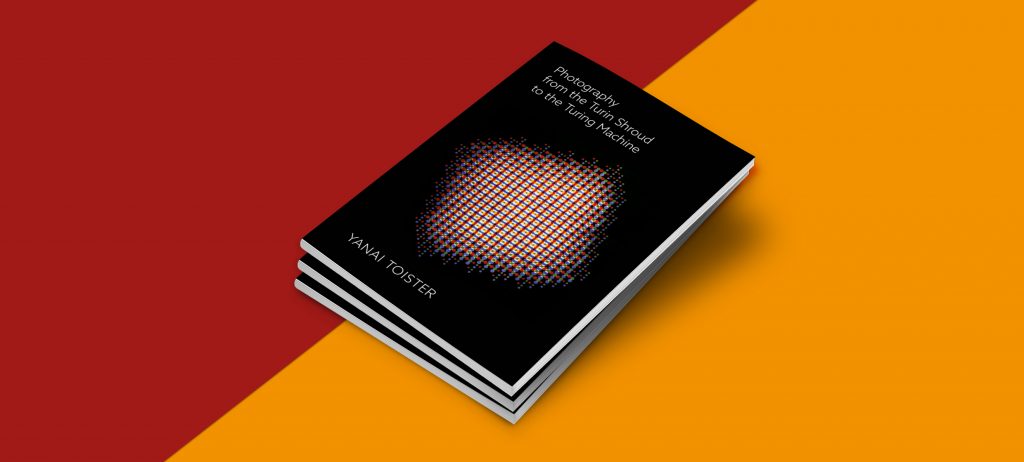
Image on Cover: Gottfried Jäger, Lochblendenstruktur 3.8.14 D 3.5, 1967. Multiple Camera obscura work. Gelatin silver print 23 x 23 cm. Archive of the artist. Copyright 2019: Artist and VG Bild-Kunst Bonn, Germany.
This book introduces two conceptual models of photography: the Turin Shroud and the universal Turing machine. The Turin Shroud inspires a discussion on photography’s frequently acclaimed “ontological privilege”, which has conditioned an understanding of photography as a sui-generis breed of images wherein pictorial representation is coextensive with human vision. This is then contrasted with a discussion on the universal Turing machine, which integrates photography into a framework of media philosophy and algorithmic art. Here, photography becomes more than just the present-day sum of its depiction traditions, devices, and dissemination networks. Rather, it is archetypical of multiple systems of abstraction and classification, and various other symbolic processes of transformation.
“Photography, once miraculous, has become banal. From the icon captured on the Turin Shroud to the pseudo-random variables of a Turing machine, Toister traces a surprising narrative of struggle between the world and how we know it, ontology and epistemology, automatism and programmability. With cunning and grace, his book unstitches the warp and woof of trusted theories of photography to propose a new, troubling yet utopian account of images in human history and the human, or other-than-human, future.”
Sean Cubitt (University of Melbourne)
“In this original and insightful take on photo theory, Toister argues for an understanding of photography as algorithmic art, with a specific focus on its generative potential. By presenting a range of thoughtful examples from the 19th century onwards, and a careful contextualization of his theory into seminal debates, this book is informative, rich in detail, and a pleasure to read. It provides crucial tools to reassess the relationships between programs, cameras and humans, a task that is of increasing importance for all who deal with images and media.”
Asko Lehmuskallio (Tampere University)
Monograph (235 pages)
Published by Intellect / University of Chicago Press